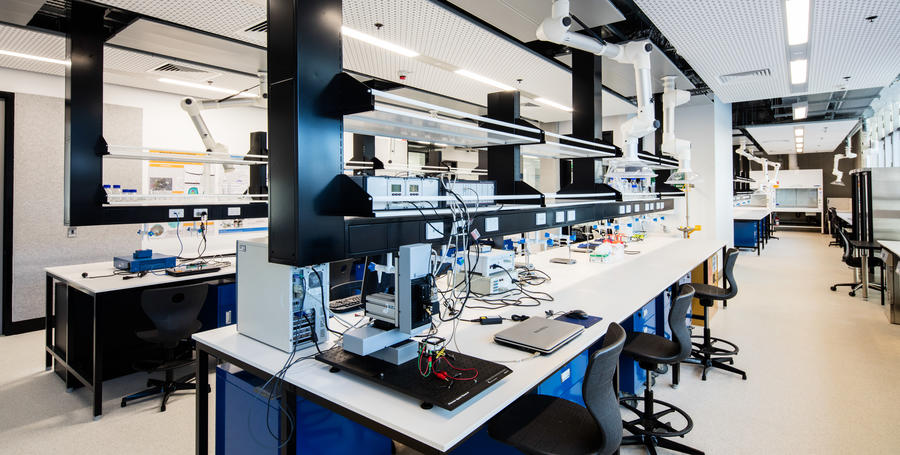Robotic laser welding has appeared as a highly effective industrialization resolution over the ex few years. It presents several benefits over conventional welding procedures and can be utilized in entirely different kinds of applications.
Robotic laser soldering provides clear and neat welds, whereas different procedures of welding are more inclined to inconsistencies and may depart incorrect welds, precisely when paired with robotic mechanization technology. Laser welding is even more adaptable, performing with a broad spectrum of metal viscosity. It can be quicker than conventional welding and has a remarkably more diminutive heat-affected area, underestimating the warping of domains during welding. At Raysun, you will find exceptional services regarding welding and inspection in Dubai.

How Robotic Laser welding operates?
Robotic laser welding functions a little differently than conventional welding procedures. There are two kinds of laser welding: warmth conduction laser welding, and in-depth laser welding. Heat conduction laser soldering is employed especially for thin slices. In this procedure, energy reaches into the workpiece via heat conduction. The fabrics dissolve at the point of the weld from this executed warmth and then fast harden, packing the material.
Resonant laser welding works by dissolving the material and forming a deep steam vein, also understood as a keyhole. This vapor capillary drives with the laser as the solder is made, permitting the weld to advance deep into the fabric. The dissolved material hardens behind the steam vein and forever closes the material.
Advantages of Robotic Laser Welding
As noted, robotic laser welding is intrinsically straightforward. Laser welding rays form deep and precise welds without employing almost as much power or aid as conventional welding procedures. Since laser welds are so accurate and concentrated, welds are more sanitary and demand far fewer touch-ups or updates.
Laser welding resolutions are even more adaptable. Conventional welding techniques will consistently excel in usages where there is a void between welding regions, but other applications that would profit from increased precision and rate will be reasonably off with laser welding.
Arc welding
Molten metal binds elements together, hardening into a steady relationship after chilling. Electromechanical lab Dubai at Raysun is an abode for such procedures.

RESISTANCE WELDING
When tasks require heat-treating or a path to more inferior prices, robots might utilize resistance welding. During this procedure, a draft of electricity forms a reservoir of molten metal as it expires between the two metal bottoms. This molten metal binds the parts of the metal jointly.
SPOT WELDING
Some materials withstand electrical currents, preventing them from different states of welding. This condition repeatedly appears in the automotive enterprise for piecing together elements of an auto body. To confound the problem, robotic welders utilize an interpretation of opposition welding to link a couple of light metal sheets in a single location.
MIG welding
Gas metal arc soldering also understood as GMAW or MIG, is a quick and direct form that employs a heightened level of deposition. A wire shifts constantly to the heated end of the welder, which dissolves the wire, qualifying for a large quantity of molten metal to leak onto the ground for uniting the ground to another part.

